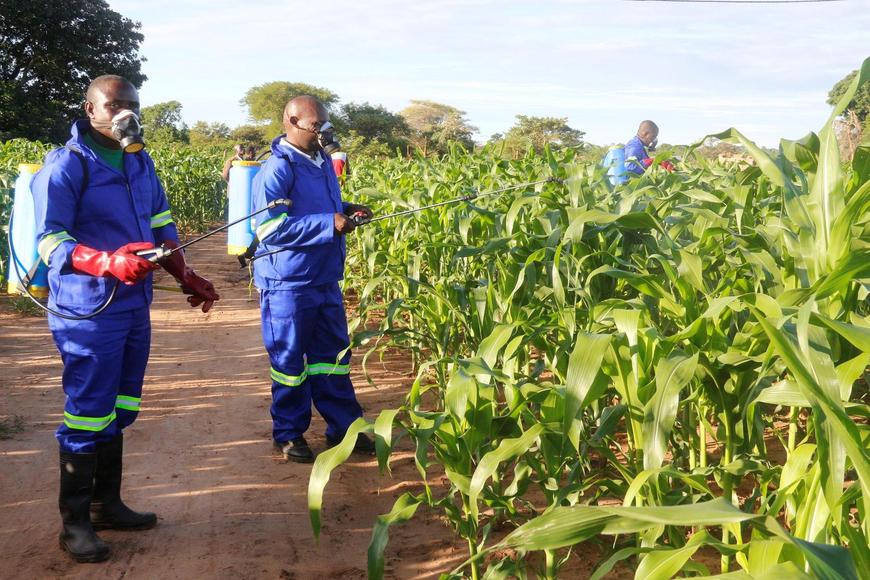
Ghana becomes the latest African country to fall victim to the armyworm invasion

The armyworm invasion in Africa has claimed another victim…Ghana. Scientists are calling for quick, multi-institutional collaboration and coordinated action against the fall armyworm.
The invasive pest poses threat to Africa’s food sustainability. It feasts on maize crops and has destroyed entire fields in several African countries. Scientists want to combat the outbreak to avoid further economic hardship, especially for small-scale farmers. Fall armyworm invasions have been reported in all countries in southern Africa except Lesotho. Countries in eastern, western and central Africa are also affected.
So what is the fall armyworm? The fall armyworm is actually a caterpillar that devours crops and then turns into a moth. The pest is native to the Americas and new to Africa. One theory is that the eggs or the caterpillars arrived on the continent in imported produce. The armyworm eats a host of crops including maize, cereals, cotton and even tobacco.
So how does it move so fast? females can lay up to one thousand eggs at a time and can produce multiple generations without pause. According to the UN’s Food and Agriculture Organisation, it’s taken just eight weeks for the pest to spread to six southern African countries. Once it turns into a moth, it can migrate long distances. Outbreaks have been reported in southern, eastern, western and central Africa. And where it goes, it wreaks havoc.
Armyworm has attacked more than 80 different plant species, including maize, a staple food in sub-Saharan Africa on which more than 200 million people depend. It could cost the continent 3 billion dollars in the coming year.
So how do we stop it?as it burrows deep into the stems of plants, it’s quite difficult to find. Insecticides are really only effective in the pest’s early stages. And experts say some populations have developed resistance. Other approaches involve digging trenches, using natural predators like birds to eat them, or burning crops. The FAO says tackling the outbreak requires quick and coordinated action, a massive awareness campaign and scientific innovation.






